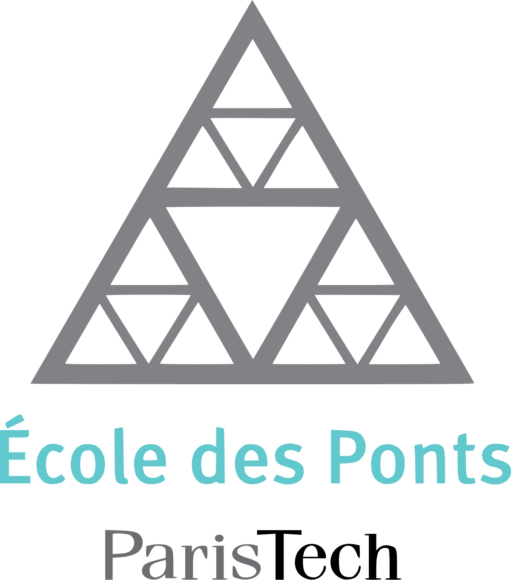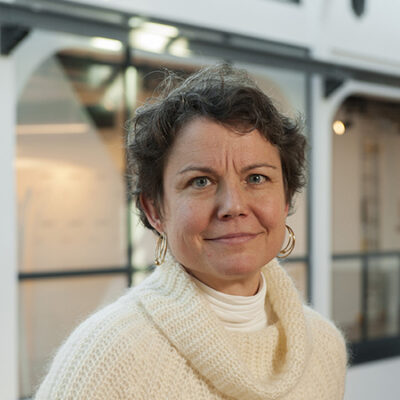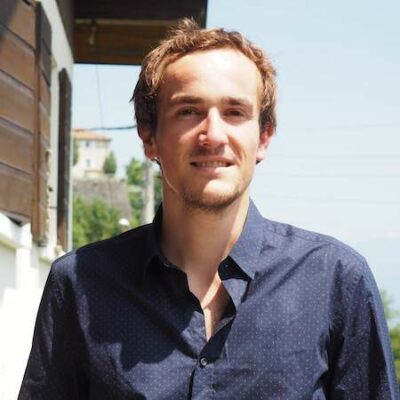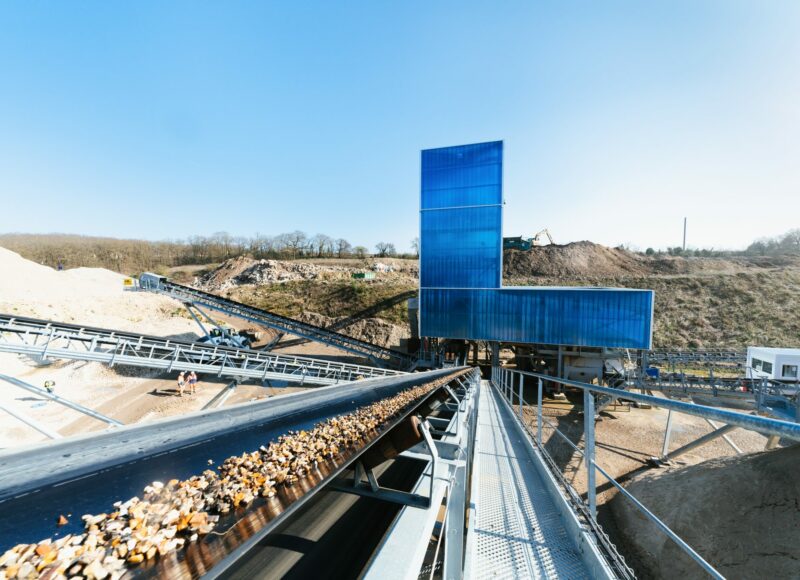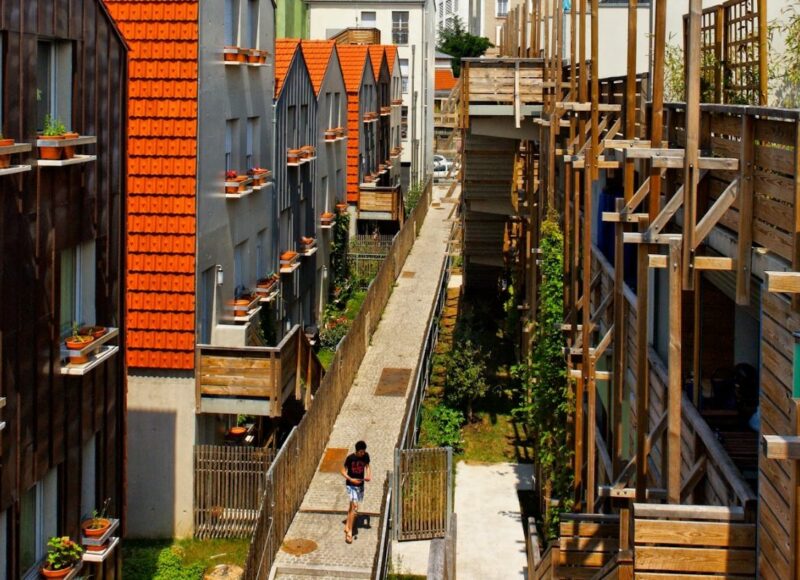Project
Use of secondary raw materials
The physical characterisation of features of existing building structures will make it possible to consider their conventional reuse and the environmental assessment of conventional reuse via the life-cycle assessment method.
Researchers
Researcher and Lecturer
École des Ponts ParisTech
Navier
Navier
PhD Student
Navier
École des Ponts ParisTech
École des Ponts ParisTech
Practitioner group
The environmental assessment of the circular economy is a recurring issue, particularly in the context of recycling aggregates in concrete or even in the context of conventional reuse.
Learn more
Life-cycle assessment is a method to assess the environmental impacts of buildings and infrastructures throughout their life cycle, from the extraction of raw materials through to their end-of-lifetime handling.
Learn more
- About
- Researchers
- Practitioner groups
- Research areas
